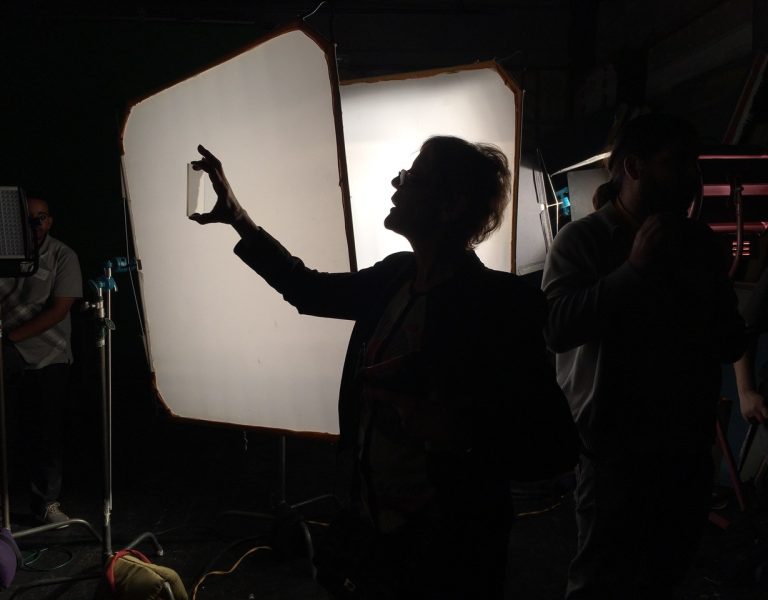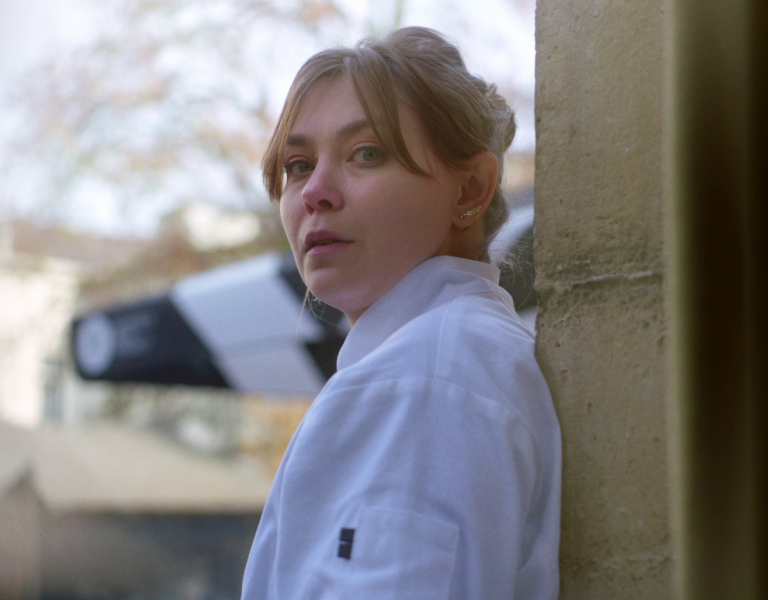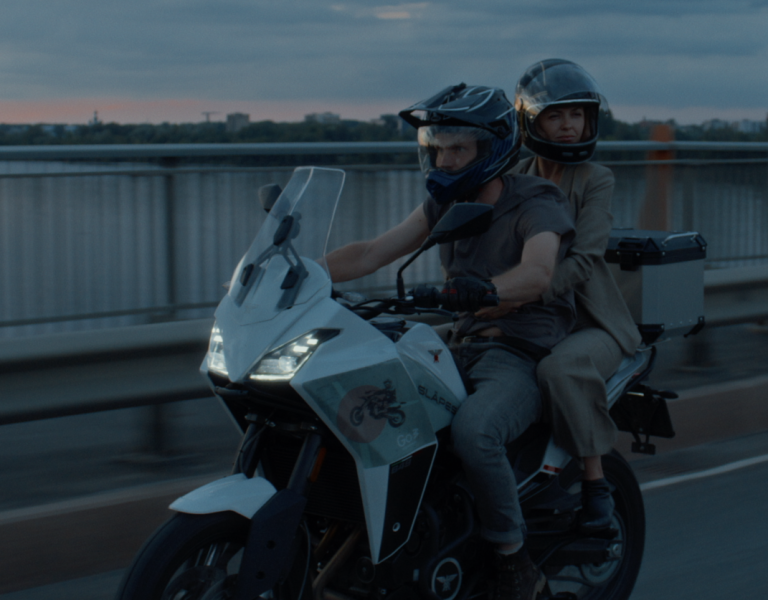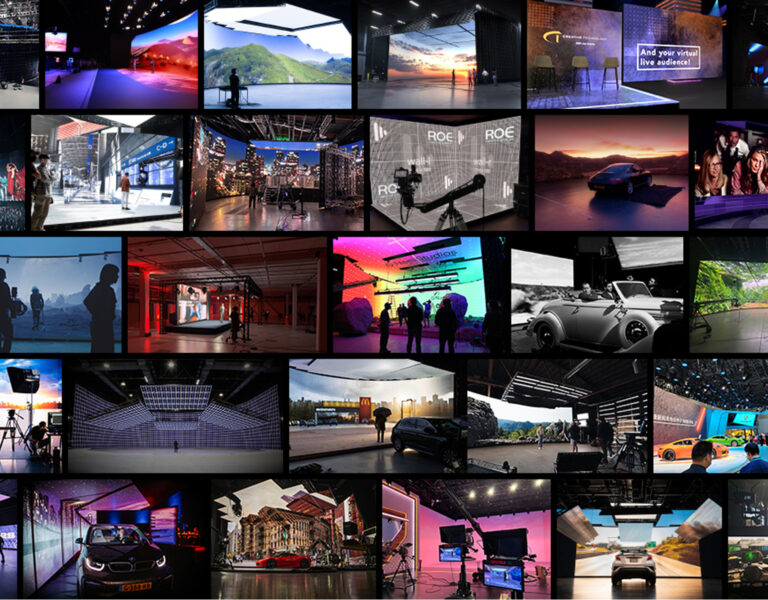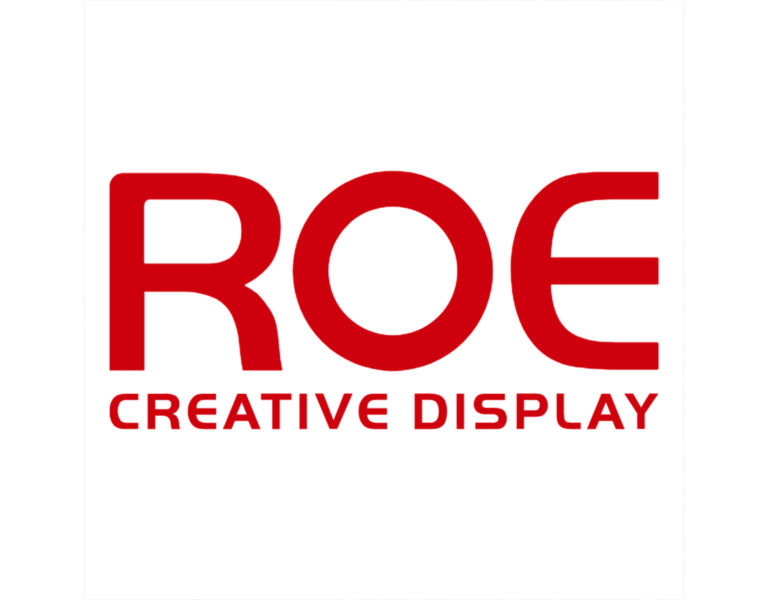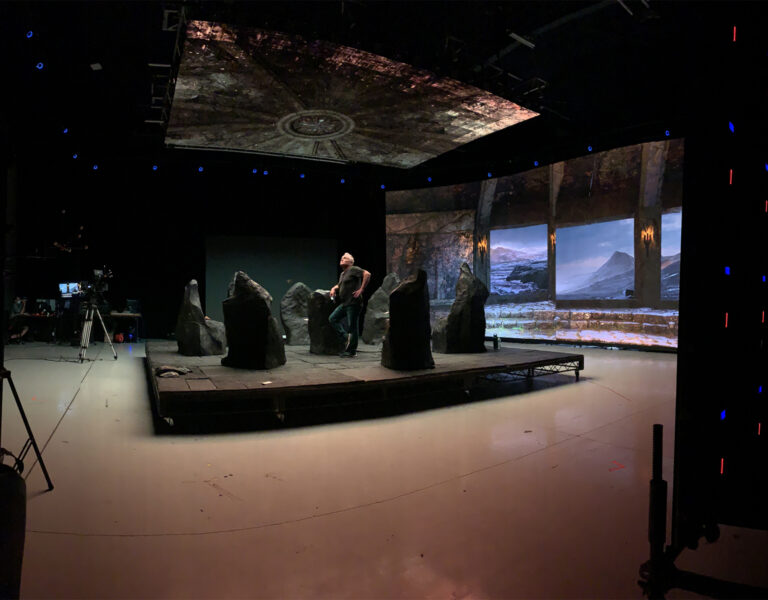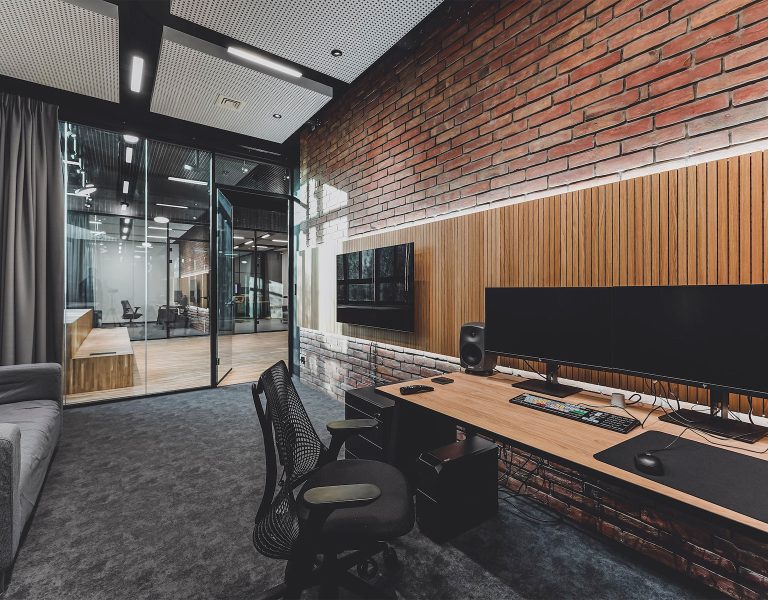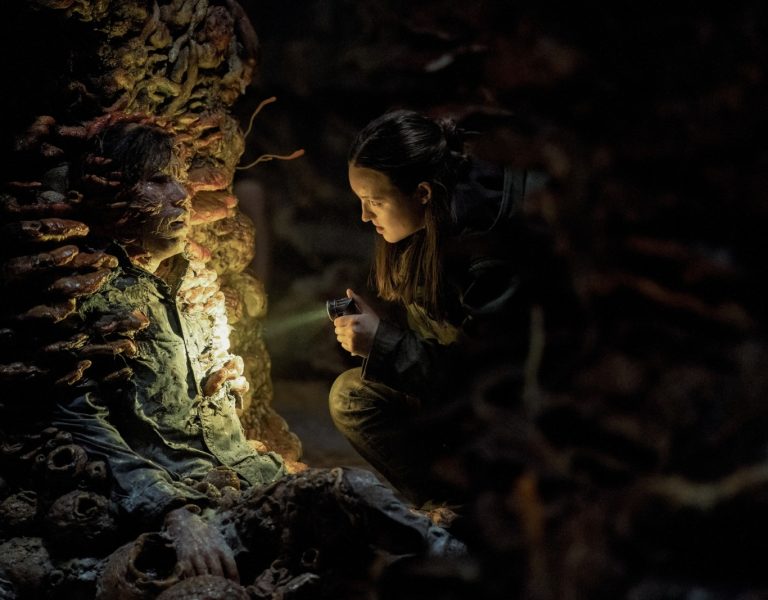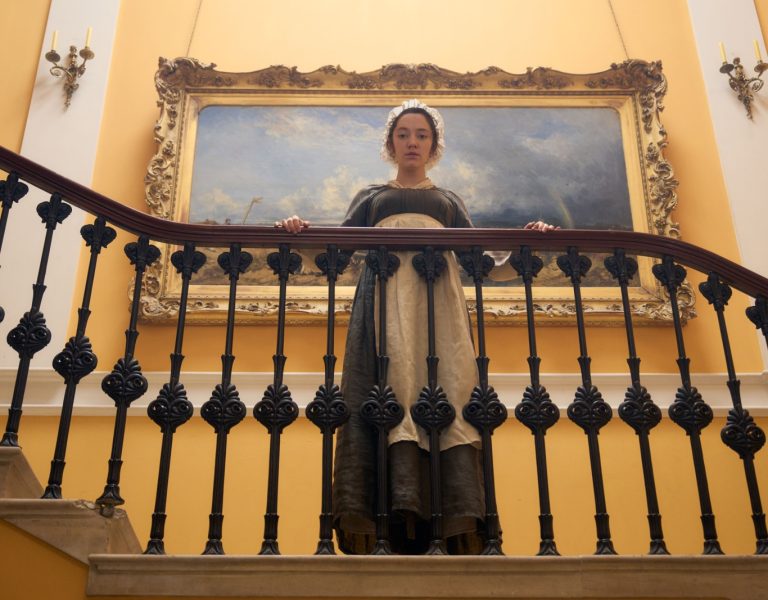Lensing a love letter
Cathy Ye’s experience shooting narrative projects brought a new creative dimension to experimental documentary Bone Black: Midwives vs. The South. Shifting into the documentary space also taught the cinematographer the importance of being reactive and adaptable.
As well as being an exciting creative opportunity, shooting experimental documentary Bone Black: Midwives vs. The South was a valuable learning experience for Chinese-Canadian cinematographer Cathy Ye. Her narrative background was one reason she was hired by director Imani Dennison, whose experience has been more within the field of documentaries.
“Coming from the narrative space into documentaries shooting this film taught me so much about being flexible and adaptable,” says Ye. “With narrative you have the power to change many things in that world, and make it work for you, whereas with documentary, you’re coming into a space, and you have to work with it. We shot in some sensitive locations – such plantations and areas with active KKK members – and I had to learn to respect and be reactive to what I was given, rather than forcing things to work.”
The cinematographer believes both types of project have their charms and challenge filmmakers in different ways. Shooting experimental documentary Bone Black – which explores the history and erasure of African American birth workers in the American South – taught her how to “quickly find what looks good and works in a new space. It’s about knowing your material well enough that you can be intuitive on the day and make quick decisions. As artists and image makers, it’s important to keep practising, building, and nurturing that intuition.”
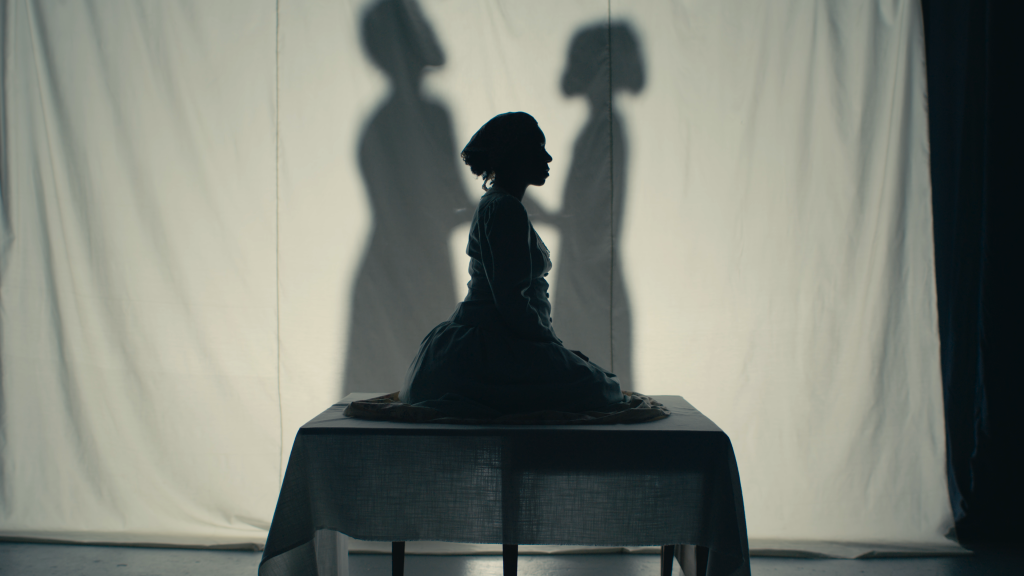
Currently based in London, UK, Ye works worldwide across Europe and North America. She was also selected for the ASC Vision Mentorship 2022-2023 program, launched by the American Society of Cinematographers, where she has been learning under mentor, Patti Lee ASC. Keen to help tell a variety of stories, Ye was instantly drawn to the topic at the heart of Bone Black.
“As well as delving into history, the film explores the current Black maternal and infant mortality crisis in America, because of all the developed countries America has the third highest maternal or infant mortality rate,” adds Ye. “I learnt so much about the injustices in America’s maternal health industry, especially for women of colour.”
Importantly for director Dennison, the documentary is a love letter to Black women and mothers. “I saw the incredible love, tenacity, and vision she had. There was care and compassion, but also this audacity to speak up and challenge the system,” says Ye. “It was also important to Imani that the core team were femmes of colour. This film intends to uplift and engage Black women in siblinghood and in cinema, and required its main collaborators to be spiritually and energetically aligned.”
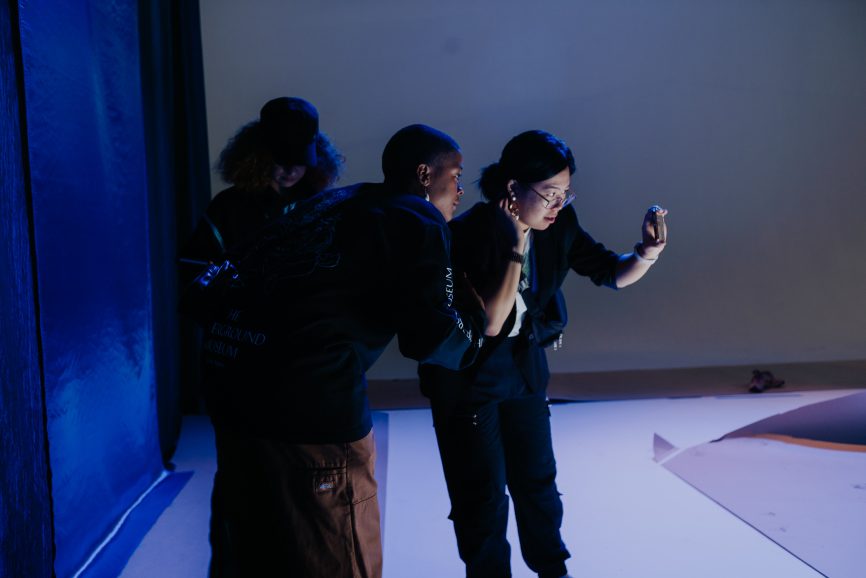
An experimental experience
As Ye was hired three weeks before the seven-day shoot began, prep started immediately. “This was quite a demanding schedule for a documentary so rich in history and research,” says Ye. “I knew little about birth workers nor the history of American gynaecology. As a Canadian, I also had to deep dive into the American South’s violent racial history.”
The cinematographer felt the documentary would not suit anamorphic which is “too cinematic”. Spherical would allow the desired proximity and emotional intimacy to be achieved. During pre-production Ye enjoyed a uniquecreative collaboration process building the image with Dennison who is a DP as well as a director.
“Imani came with a strong vision for the more artistic and freeform sequences we referred to as ‘tableaux’ to break up the interviews. As this was an experimental documentary, Imani really wanted to avoid telling the story just through talking heads,” says Ye.
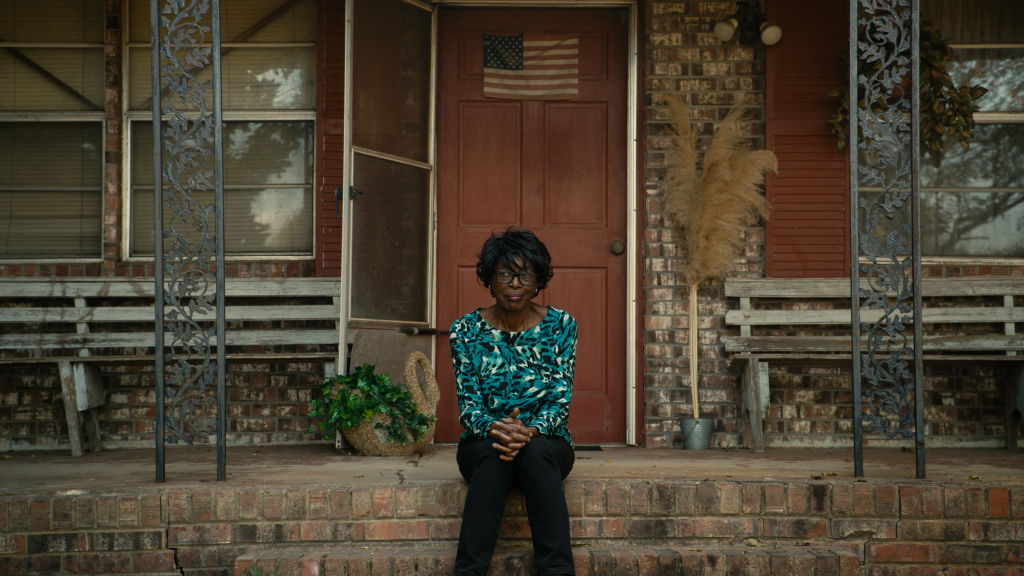
“While being deeply rooted in history, the film looks forward to a better future for Black mothers and children, so the mix of archival and experimental tableau imagery aligned with this. As Imani’s background is in photography, many of the tableaux feature striking portraits of Black women taking up space.”
The main tableaux are a waterbirth sequence which features a mother in a birthing pool as performers dance in the background and another scene – which the filmmakers refer to as the “medical attack” tableau – in which a figure considered to be the father of modern gynaecology, J Marion Sims, is about to perform an unanaesthetised surgery on an enslaved woman.
“This man came to power by experimenting without anaesthetics on enslaved women to perfect his technique. It was extremely violent,” says Ye, who created the haunting sequence with input from director of movement, Damani Pompey.
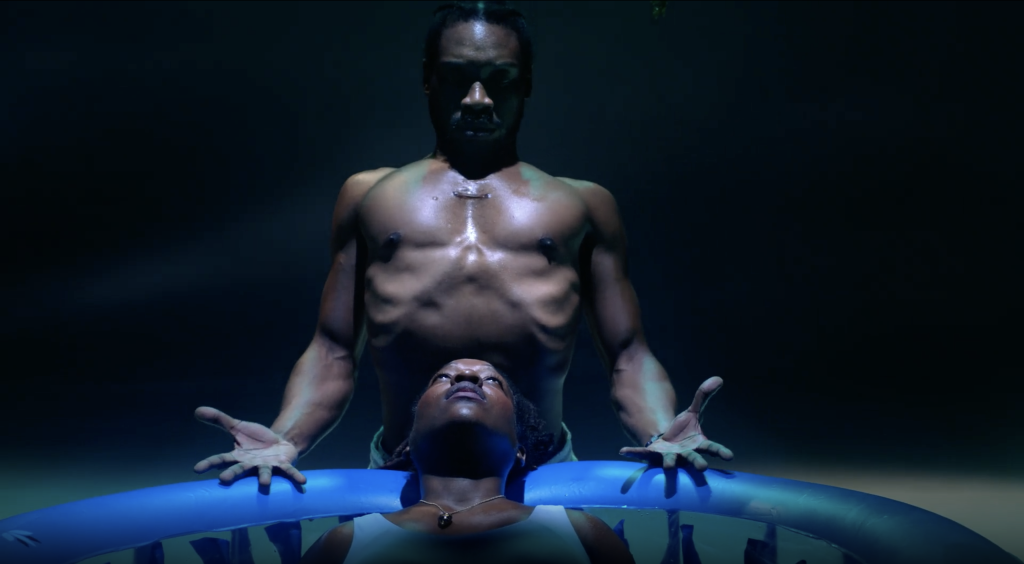
“Damani added the movement of two women in the background which was beautiful. As the enslaved women peek out from behind the curtains, it adds elements of dance and terror before a more protective moment where the women form almost a house-like position around the woman on the table.”
The waterbirth – the most ambitious scene to film – was motivated by Dennison’s vision of what a spiritual and beautiful birthing experience could be like for a mother and child, supported by angels, a midwife, and a partner. While envisioning an ideal birth might have led some cinematographers to adopt a warm look and feel, as Ye carried out research she felt blue was more suitable as it is “mystical as well as soft”.
As water is an important symbol throughout the film, Ye wanted to create the illusion of an aqueous place without actually filming in water. “I took a lot of inspiration from the legend of the underwater city of Atlantis, and The Devil’s Den water cave in Florida. This gave me the idea of shining a hard overhead spotlight into the birthing pool and illuminating the water,” she says. “We put reflective gel at the bottom of the pool so it could reflect a little light back onto the mother and dancers. Creating experimental imagery is both fun and difficult because you don’t have existing references. I relied on highlighting different characteristics across several editorial photos and sketching my own lighting diagrams.”
Shooting the waterbirth environment in Be Electric Studios (Studios 5+6) in New York saw Ye team up with production designer Helen Pena when producing dappled and dynamic lighting on the dancers, enhanced by production design details to help create an underwater feel.

Space to create
Bone Black was captured in New York, Maryland, Florida, Louisiana, and Kentucky, with Ye travelling with a core crew of a core main crew of 1st AC, gaffer, production designer, art director, director, and producer. A second unit then filmed additional sequences in Ghana, headed up by DP Daniel Attoh.
The film was captured on two full frame cameras, with the ARRI Alexa Mini LF as the A cam and Canon EOS C500 Mark II as B cam, chosen partly for their ability to easily colour match. Ye wanted a lens to create a vintage look that was “soft but not too soft”. “We struggled to find that combination and then at the last moment, Chicago rental house, Camera Ambassador, suggested the Mamiya Sekor C vintage, medium-format cine-modded stills lenses,” says Ye.
The lenses were rehoused for cinema and offered vintage creaminess while retaining some sharpness. It was the exact “blend of nostalgia whilst being modern and forward looking” Ye desired. While the Mamiya Sekor Cs were used for almost all tableau scenes, the interviews were captured with Angénieux Optimos as they were felt to be better suited to portraiture.

Following each interview, Dennison wanted to incorporate portrait shots as strong portrayals of the women. Otherwise, shot composition, especially of the tableau sequences, was determined through a collaboration with production designer Penaas the frame was often dictated by the borders of the set.
The tableaux mostly featured smooth movement, with little handheld, to create an idealised, almost surreal space. When capturing dance sequences, the cinematographer wanted to “step back and give Damani and the dancers the chance to figure out movements within their space.” Communicating how much space Steadicam operator Jessie Sanchez-Strausswould need was also essential. “Working with Jessie for the first time was incredible. I loved her demo reel and that she was not afraid to get close to the subject,” says Ye. “That physical proximity was something I wanted to achieve through the camera movement.”
Improvisation was key when capturing the waterbirth scene to fulfil Dennison and Ye’s ambitions to film some shots from inside the birthing pool looking up. “We didn’t have anything like a GoPro so my 2nd AC Andre Fernandez just whipped out his new iPhone, which is waterproof, took off the case and dropped it in the water,” says Ye. “iPhones are impressive nowadays for certain purposes – I’ve shot a whole fashion spec on one!”
Hollywood Black Magic and Tiffen Black Satin filters also helped achieve the desired visual effect for the tableaux. For Ye, Black Satin “treats dark skin beautifully and smoothes out skin tones.” She paired it with Hollywood Black Magic because “the diffusion effect is not too artificial. I wanted something very slight, almost imperceptible. This worked perfectly combined with the Mamiya Sekor Cs which already have a creaminess.”
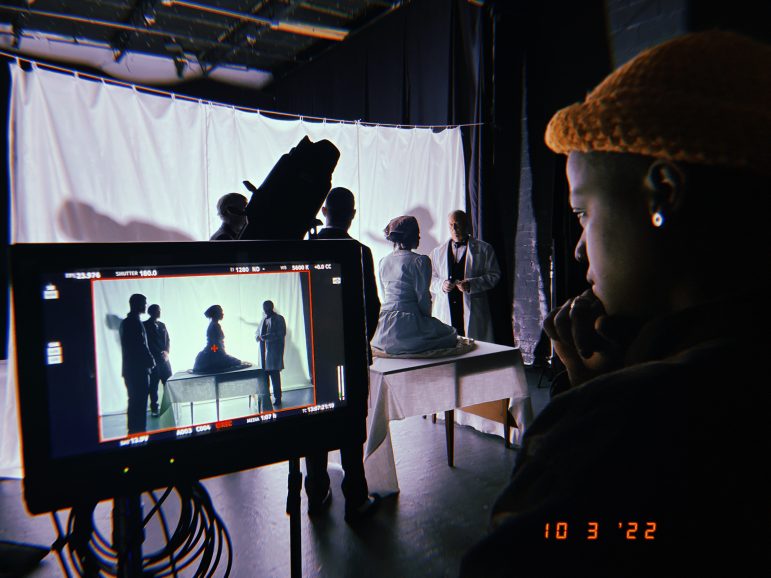
Gaffer Carmel De Berg’s background as a painter was valuable when exploring how light could enhance each frame. “She’s such a strong gaffer with an excellent eye,” says Ye. “Due to the budget we were working with, we used a mixture of tungsten fixtures and lots of Lekos. I love the way tungsten looks on skin, especially how hard light interacts with dark skin and creates highlights through diffusion or vintage glass.
“When shooting in the studio we used seven Lekos a couple of Tungsten Fresnels, a Joker bug, and an Aputure Nova. The Lekowas used as the spotlight to create the dappling effect in the water. If you know how to shape the light from that fixture, you can really use it to your benefit. I learnt so much about the adaptability of those lights from Carmel – it could be used as a key light if you diffuse and bounce it.”
The focus when grading Bone Black with colourist Marika Litz was on protecting shadows and exposure, workshopping the waterbirth scene specifically, and sharing references. “As well as enjoying a wonderful experience working with Marika for the first time, I must also mention another important member of the crew, producer Flor Tejanda,” says Ye. “She’s one of the most caring producers I’ve worked with. The way she works in prep and how she carried out research and was able to speak about the subject as much as a director would was impressive.”
Presented at this year’s Sundance Film Festival and American Black Film Festival, the film was part of the Official Selection at Tribeca Film Festival and has been well received by audiences at each screening. “Many people didn’t know how dark that part of history was and the injustice surrounding Black maternal healthcare,” says Ye. “When Imani presented the film at Sundance some people came up to them crying – it really struck a chord.”



